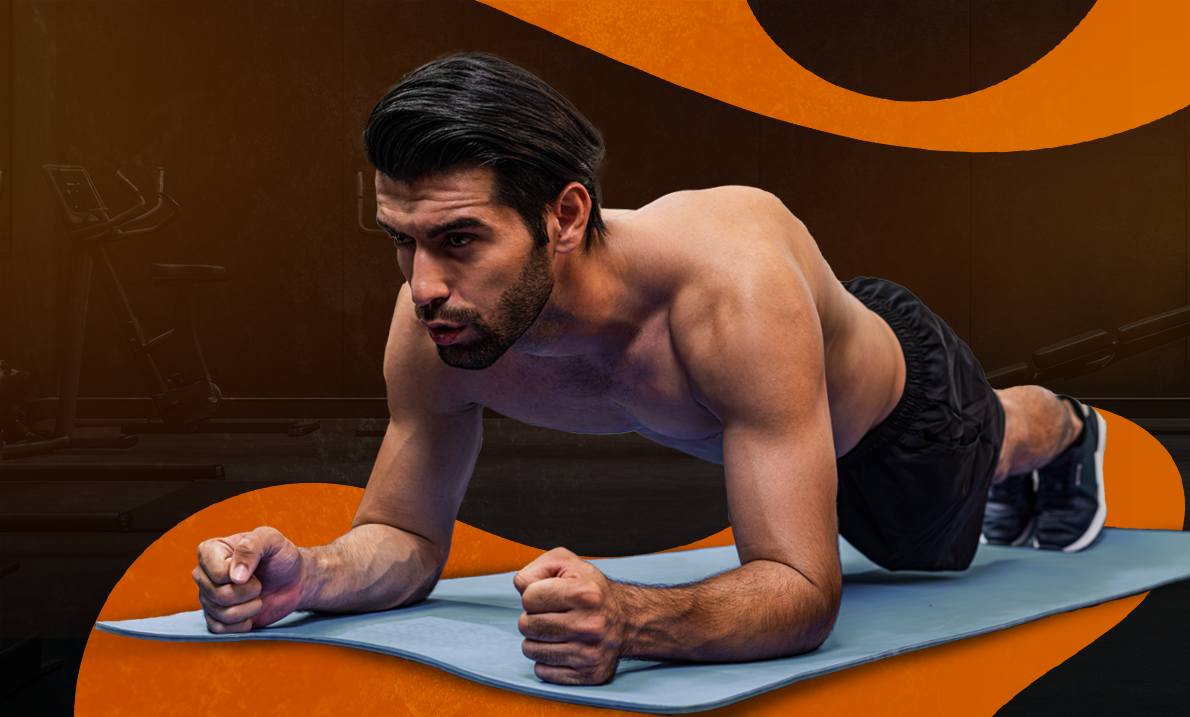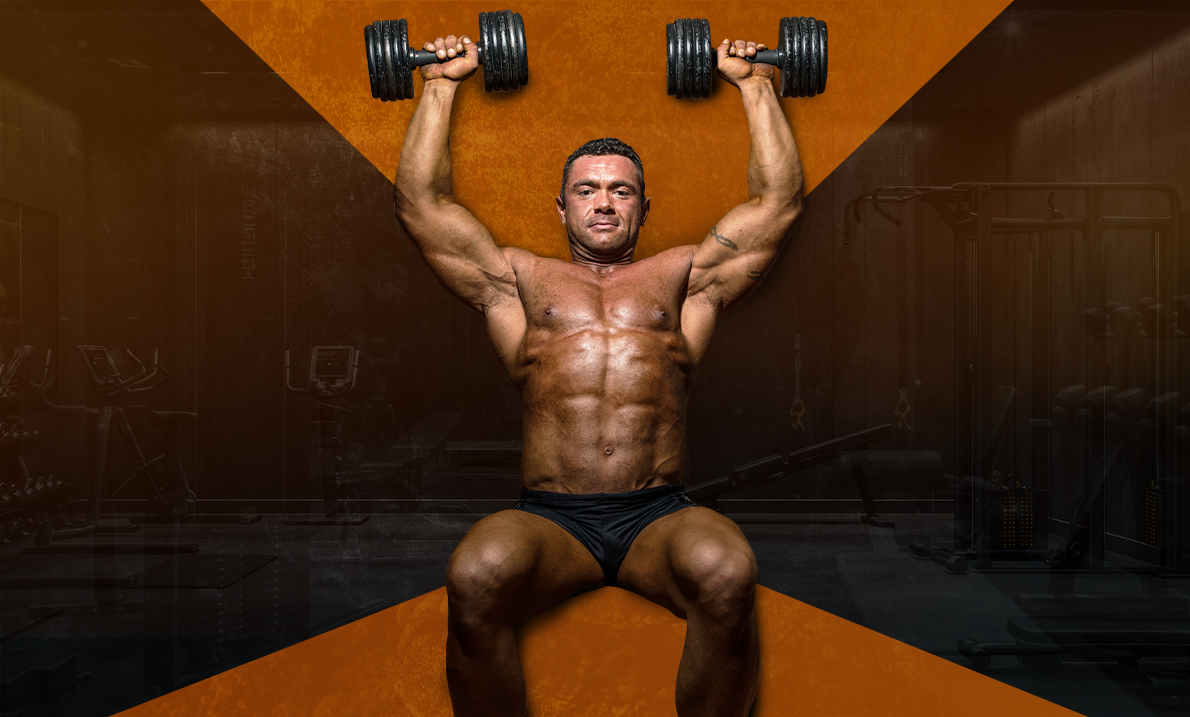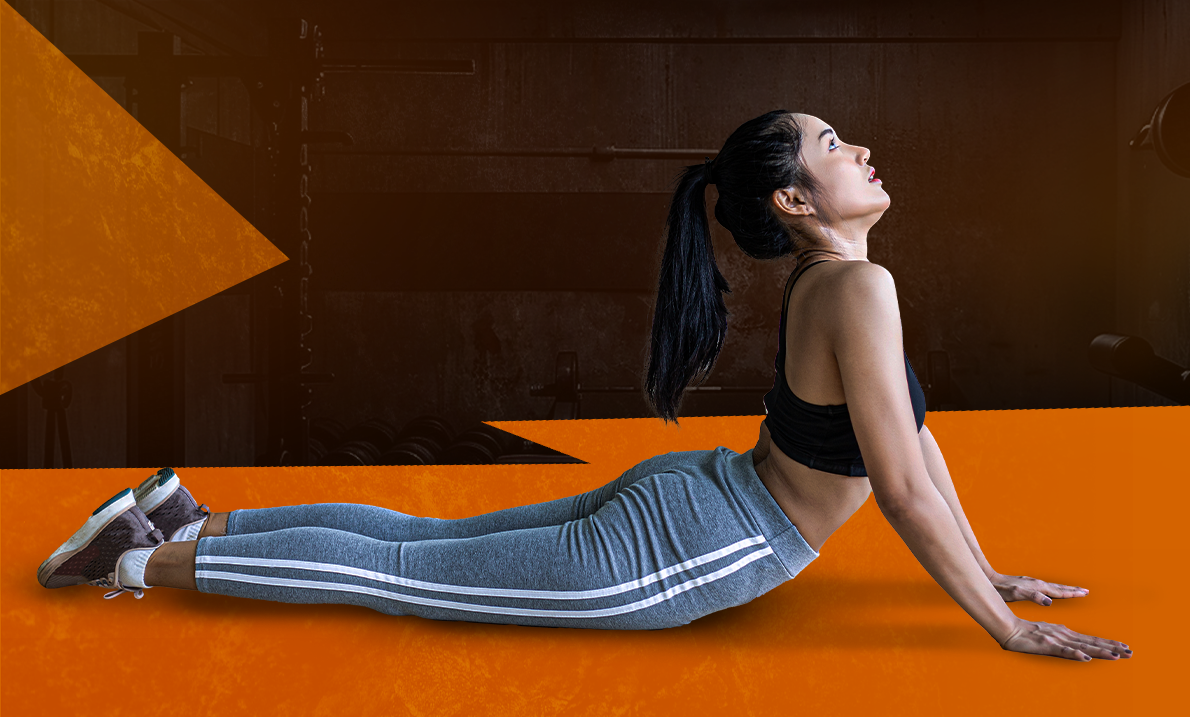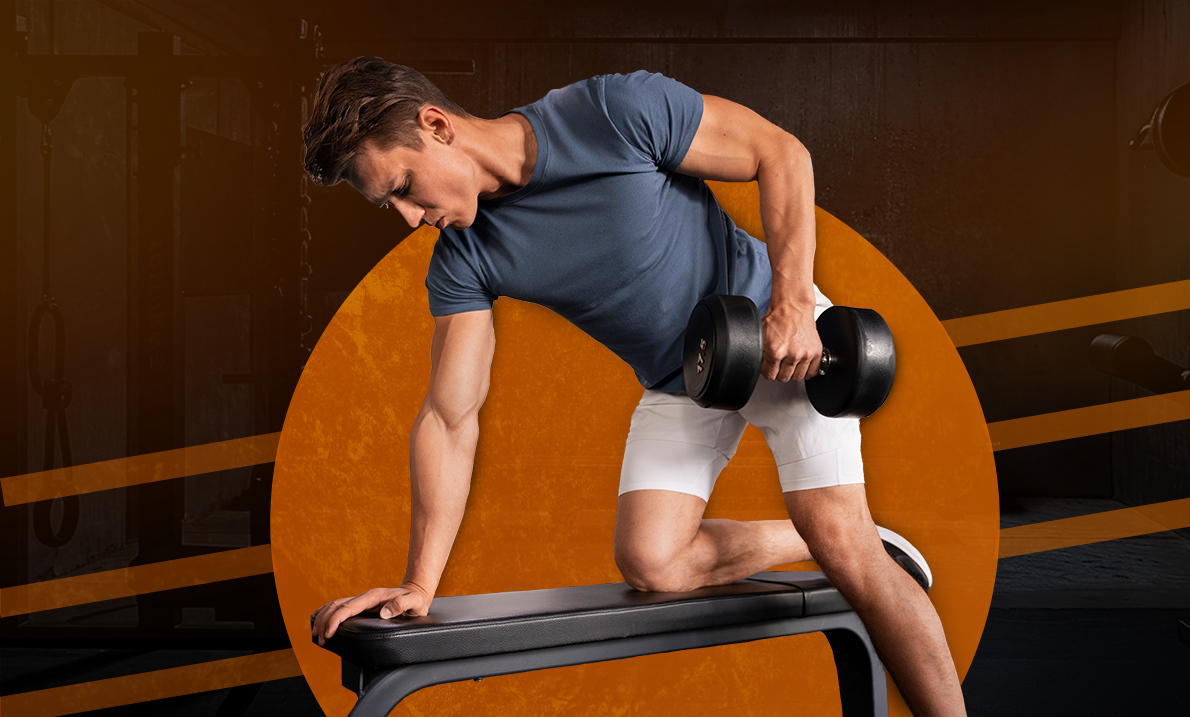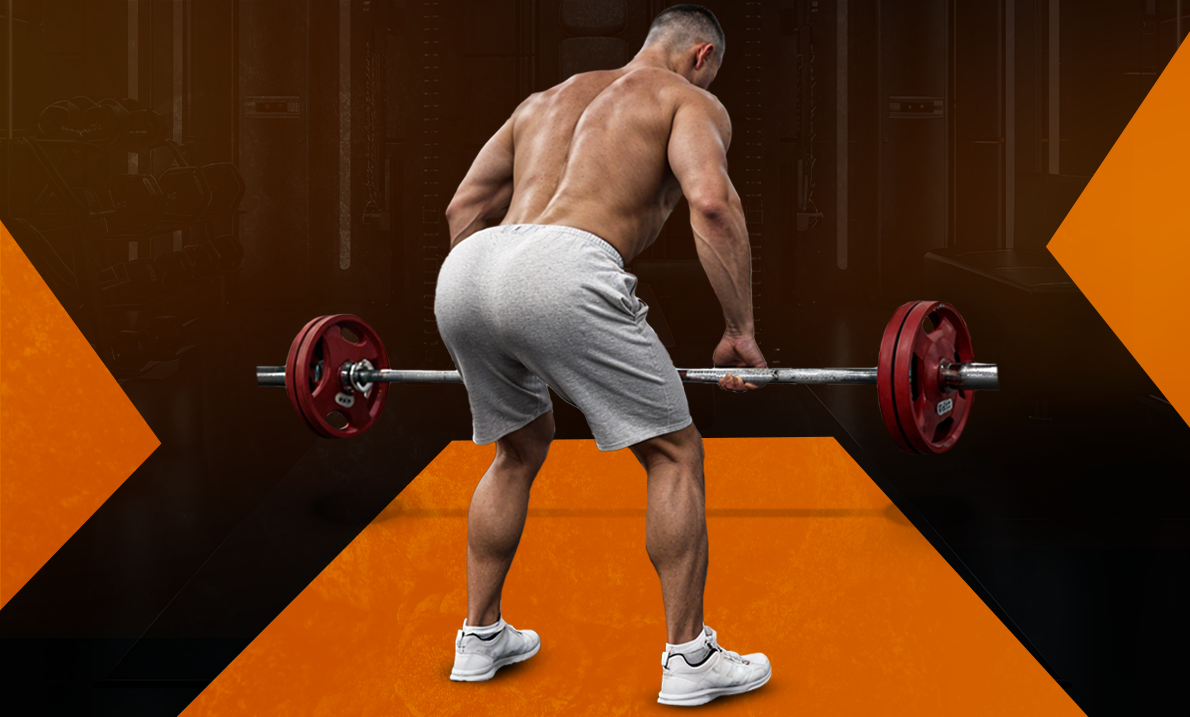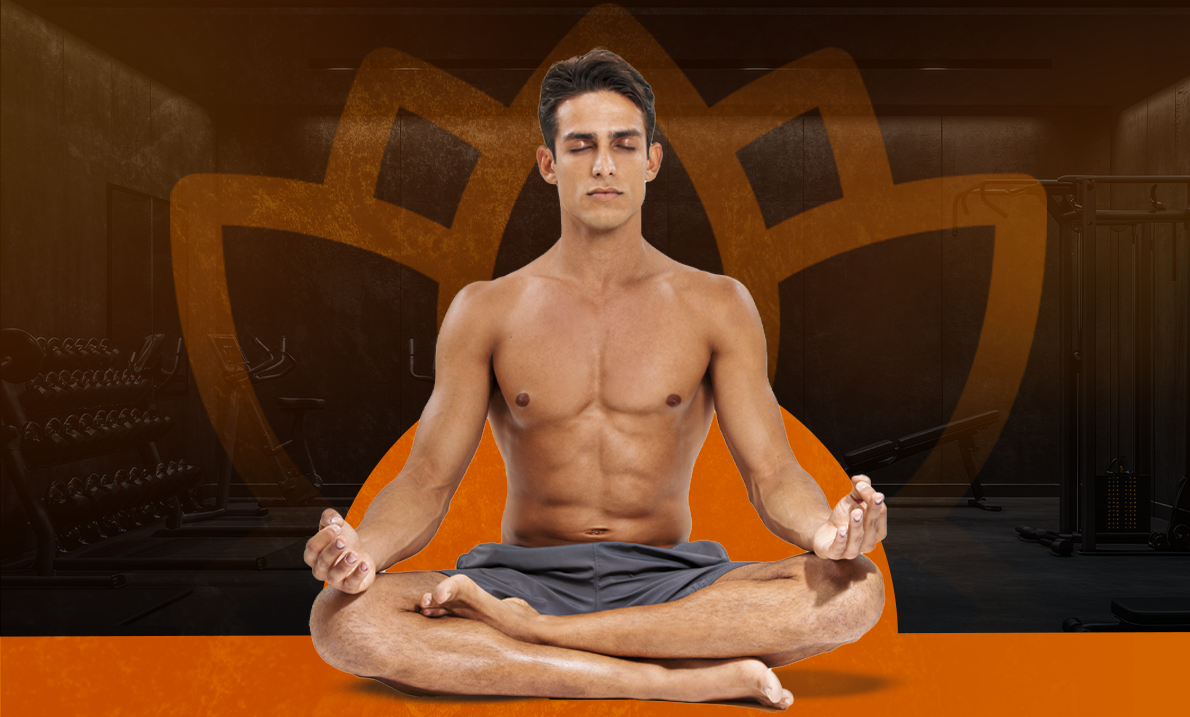The plank is a simple yet powerful exercise that strengthens your core, shoulders, and back. It enhances posture, stability, and endurance, making it a must-have in any workout routine. It requires no equipment. As an isometric exercise, the plank involves holding your body in a straight line, supported by your forearms and toes. The goal is to maintain this position while engaging your core muscles without sagging or arching your back.
MUSCLES WORKED IN PLANKS
The Plank targets several key muscle groups, making it one of the most effective full-body stability exercises.
Primary Muscles Worked
These muscles do most of the work during the movement:
- Rectus Abdominis: The “six-pack” muscle that stabilises the core.
- Transverse Abdominis: A deep core muscle that supports the spine.
- Obliques: Side muscles that aid in rotation and stability.
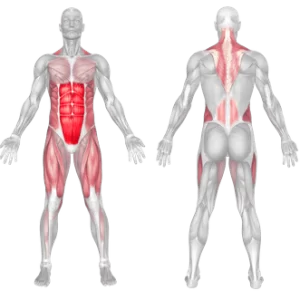
Secondary Muscles Worked
These muscles provide additional support and stability:
- Shoulders (Deltoids): Provides support for the upper body.
- Back (Erector Spinae): Maintain spinal alignment and prevent lower back strain.
- Glutes and Legs: Assist in stabilising the lower body and maintaining balance.
BENEFITS OF THE Plank Exercise
People break world records for doing plank. Let’s find out the benefits of doing a plank.
Build Core Strength
Strengthens both the superficial and deep core muscles.
Improves Posture
Maintains a straight spine and reduces back pain.
Stability and Balance
A strong core leads to better balance in daily activities.
Boosts Metabolism
Holding a plank engages multiple muscle groups, burning more calories.
HOW TO PERFORM A Plank PROPERLY?
Master the Plank with proper form to avoid injuries and maximize effectiveness.

STEP 1: GET INTO POSITION
- Place your forearms on the ground, elbows directly under your shoulders.
- Extend your legs straight, balancing on your toes.
- Keep your body in a straight line from head to heels.
STEP 2: Engage Your Core
- Tighten your abs, glutes, and thighs to maintain stability.
- Keep your neck neutral, looking slightly ahead.
- Breathe steadily throughout the exercise.
STEP 3: Hold & Release
- Maintain the plank position for the desired time.
- Avoid sagging hips or raising your buttocks.
- Slowly lower yourself and rest before the next set.
COMMON MISTAKES TO AVOID WHEN DOING PLANKS
Don’t you ever try making these common mistakes that can provide unnecessary muscle pain?
Sagging Hips
Keep your hips aligned with your shoulders and heels.
Raising Your Hips Too High
Maintain a straight line from head to heels.
Holding Your Breath
Breathe deeply throughout the exercise to stay relaxed.
Overtraining Your Neck
Keep your neck neutral, looking slightly forward.
MODIFICATIONS AND VARIATIONS FOR Plank
Adapt the Plank to match your fitness level with these variations:
Knee Plank
A beginner-friendly option with knees on the floor.
Plank with Arm Lift
Add an extra challenge lifting arm while planking.
Side Plank
Strengthens obliques and improves balance.
Weighted Plank
Place a weight plate on your back for resistance.
Reps and Sets for All Levels
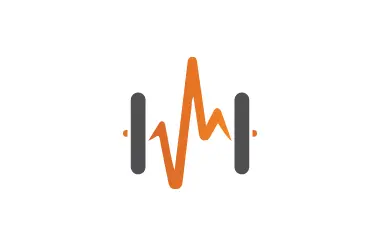
Beginner
Hold for 20-30 seconds, 3 sets.
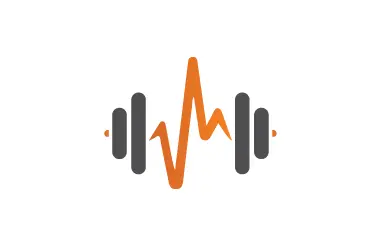
Intermediate
Hold for 45-60 seconds, 4 sets.
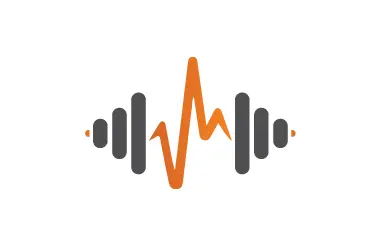
Advanced
Hold for 90+ seconds, 5 sets.
The plank is an essential exercise for core strength, stability, and posture. It’s simple yet challenging, making it suitable for all fitness levels. Add planks to your routine to build a stronger core, better balance, and improved endurance, all without needing any equipment.
Looking for expert guidance? Train at Meridian Fitness in Greenwich, London, where our professionals can help you perfect your form and maximise your results.
